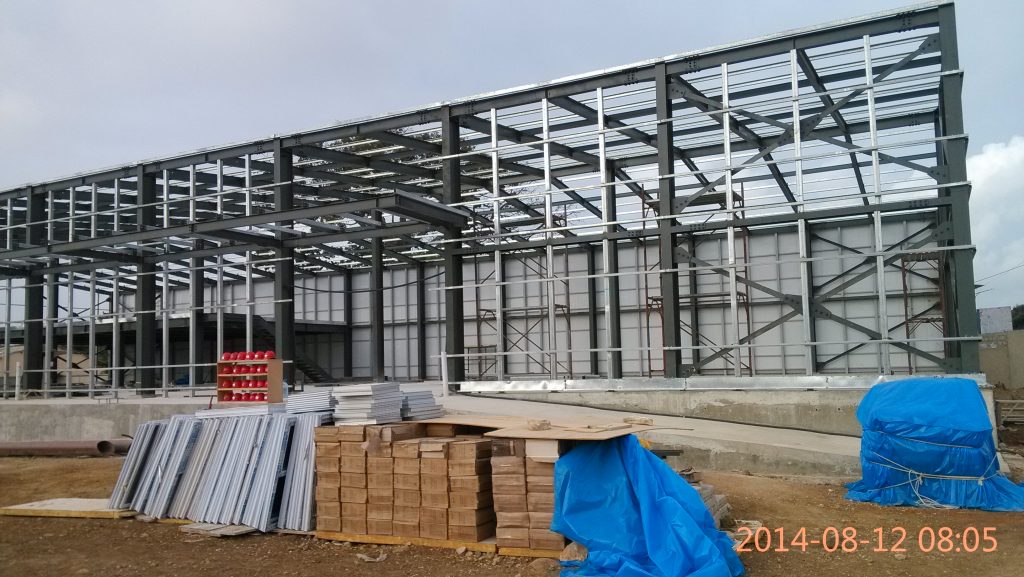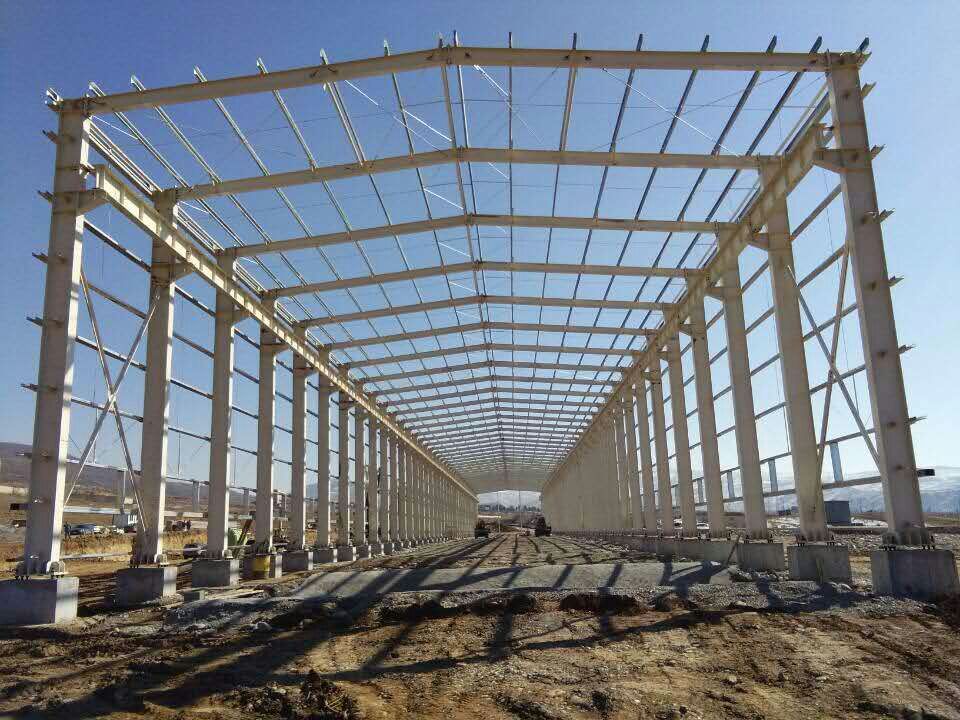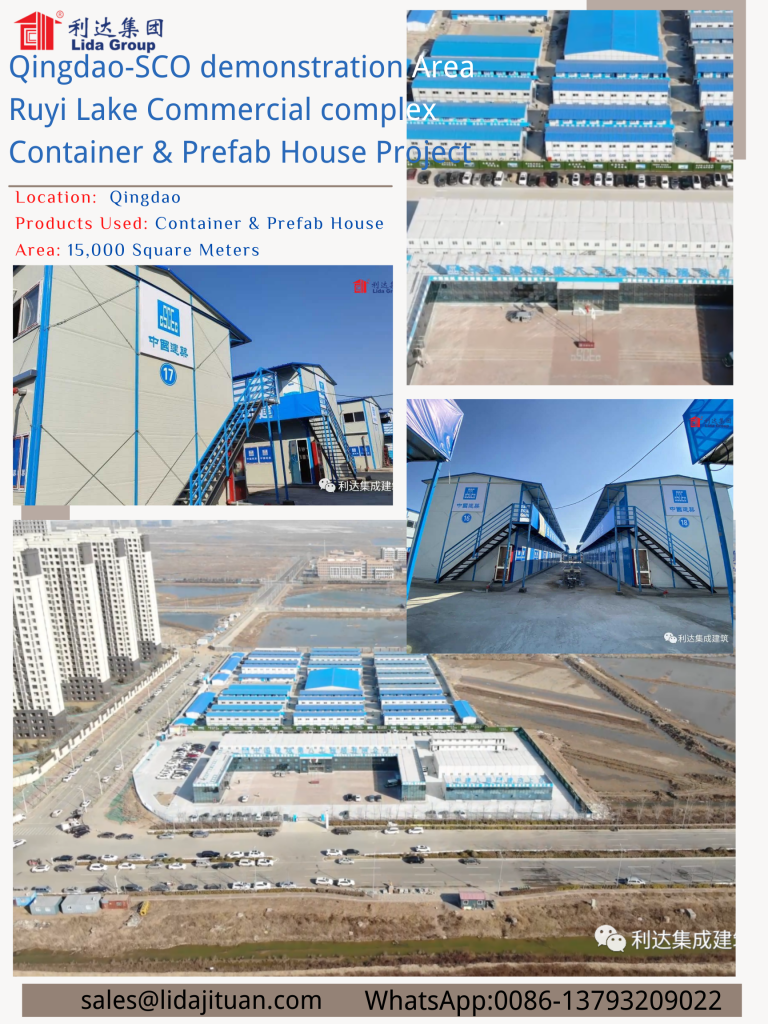Metal frame structures have come a long way from their utilitarian industrial roots. Once viewed as basic and utilitarian, metal buildings are now appreciated for their stripped-down simplicity and honesty of materials. The rise of industrial aesthetics and interest in authentic design has propelled metal framing into the architectural mainstream.
Metal buildings rely on an exposed steel skeleton to create their form. The structural steel frame provides the strength while metal panels or other cladding provide enclosure. The resulting structures tend to showcase the simplicity and purity of their form, with minimal detailing or ornamentation.
Often built by contractors like the Lida Group, metal warehouses/workshops and other steel structure houses were originally meant as cheap, functional solutions. However, architects soon noted the aesthetic appeal of metal buildings’ spare geometries and unadorned surfaces. Their clean lines contrasted with overloaded ornamentation in traditional architecture.

Many architects consider metal frame structures to be honest in their expression of function. The structural steel beams do not attempt to hide their purpose, but openly declare their role in supporting the building. The rigidity of the frame and cladding speaks to the durability of the overall structure.
The industrial aesthetic movement of the 20th century further popularized this “honest” design ethos. Architects like Le Corbusier championed metal structures as more “truthful” than traditional buildings’s decorative facades and false details. The machine aesthetic of steel beams and girders came to be seen as modern and progressive.
Today, architects specify metal structures for both practical and aesthetic reasons. In addition to the speed and versatility of construction, metal framing allows architects to create bold geometries with clean lines. Exposed steel skeletons signal modernity through their spartan aesthetic.
Metal frame structures also showcase evolving technologies in industrial materials. Advances in steel alloys, coatings and panel systems offer architects greater design latitude while maintaining the honest expression of materials. Composite metal panels mimicking wood, brick and stone can add warmth and texture while still showcasing an industrial aesthetic.Even translucent or “crystalline” metal panels allow diffused light to become part of the design language.

The inherent flexibility of metal structures also enables architects and contractors to experiment with form. Diagonal beams, curved roofs and vaulted halls can produce dynamic shapes that push the boundaries of rectilinear boxes. By distorting or “deconstructing” the traditional frame, metal structures challenge preconceptions of architectural gravitas.
In summary, the stripped-down simplicity and honesty of materials that once limited metal structures’ appeal has now become a major source of their aesthetic power. Architects appreciate metal framing for its purity of form, flexibility of geometry and honesty of expression. Advances in steel alloys, panel systems and construction techniques have only increased metal buildings’ design potential while maintaining their minimalist appeal. As industrial aesthetics continue to influence architecture and design, expect metal frame structures and their spare beauty to rise further into the mainstream. Their stripped-down simplicity may just be the most sophisticated design of all.

Related news
-
Modern Luxury Mobile Standard Modular Expandable Living Office Prefab Comfortable Container House with Furniture
2023-07-31 16:43:37
-
Movable Modular Prefabricated Container Home Multi-functional House Prefab Staff Apartment
2023-07-27 17:00:45
-
Modern Mobile Standard Modular Living Office Sandwich Panel Portable Prefab Prefabricated House Worker Dormitory
2023-07-20 17:45:38
contact us
- Tel: +86-532-88966982
- Whatsapp: +86-13793209022
- E-mail: sales@lidajituan.com


